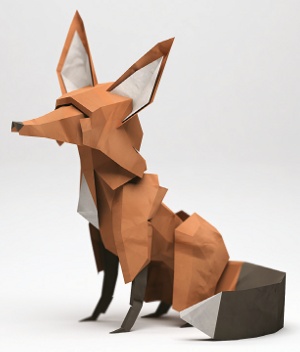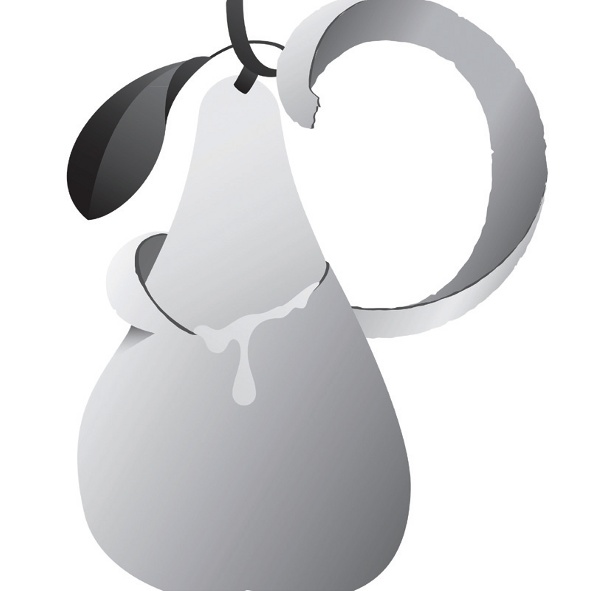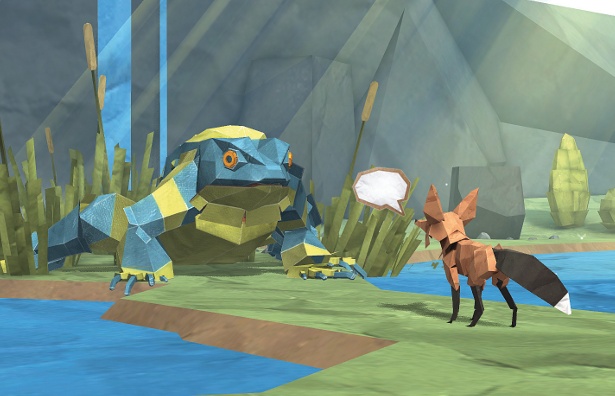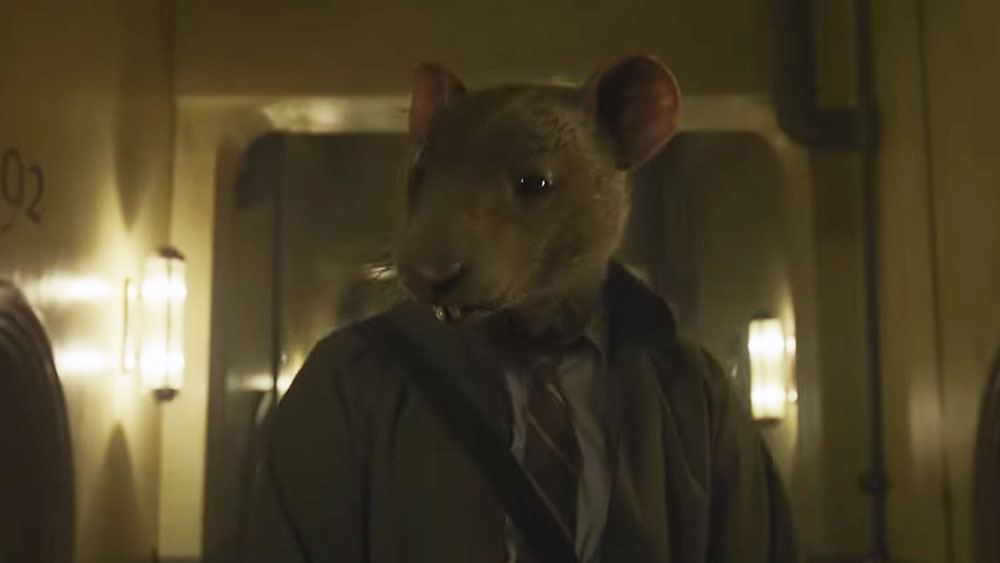Project diary: bringing papercraft to life
Torsion Fork Studio explains how it fused digital origami with dynamic adventure to create Paper Fox, its captivating interactive storybook for children
THE DESIGN BRIEF
Jeremy Kool, Torsion Fork Studios
The initial idea for Paper Fox came from some characters I created in 2010 – chiefly as a result of wanting to challenge myself and develop my skills as a CG artist. After seeing some wonderful papercraft creations on the web, I thought I might be able to achieve a similar effect in CG. To this day, I’m not sure why I picked a fox to model – maybe it was because of their great personalities and distinctive features.
I found that the model came together quite quickly and, with the help of some texturing and added depth in the render, it looked quite convincing. It wasn’t until some time later that I showed my sister my artwork, and we quickly came up with a story and a world for these characters to inhabit. Creating the world was the more challenging aspect because there were many more visual puzzles to work out. I wanted everything to look handcrafted, so imperfection was vital to the visual success of the piece. Straight lines and hard shapes scream digital so I took a great deal of time bending and tweaking every tree, flower and cloud so it looked decidedly handmade.

Amanda and I agreed that we both wanted to make a very simple storybook for the iPad, but to do that we were going to need some funding. I wanted to see if the idea resonated with people and whether the concept was strong enough to get backing. Luckily, crowdfunding the project was a great success, enabling me to buy the CG software I needed to build the book.
After being approached by several publishers, our original plan to create a simple iPad picture book changed and we decided to increase the scope of the project – something that meant we needed more money. We were lucky to receive an art grant from Screen Australia and also received production funding from Bento Box Holdings, the iOS publisher that we eventually signed with.
WORK IN PROGRESS

While we were applying for funding, Amanda wrote and edited the story, and I finalised the characters and built the environments with the help of our concept artist. Once funding came through, we were able to ramp up production quickly.
I put together some very rough storyboards to hand over to our project animator, Ian Bright, who now works freelance, and using these he took the rigged characters and created a series of animated loops of them walking, talking and so on.
I then built the first scene ‘in engine’. We chose to build the app using Unity, a low-cost but versatile 3D engine. When the 3D environment was in place, I placed the characters and scripted the camera movements, character animations, temporary sound eff ects and text display.
With the first scene up and running, we had a rough pipeline for the app and a proof of concept. From this we developed a good workflow, which was vital, considering the entire team never worked in the same place at the same time. With 11 chapters to work on, the bulk of the production was centred on animating the characters and scripting the scenes together. While this was going on, Bart Klepka, our sound designer, would watch the scenes and create an ambient soundtrack for each environment alongside specific sounds for actions.
Finally, the games and UI were put in place. The games were fun and added much-needed replay value, while also adding a little more depth to the story.

Throughout the whole process, our publisher was quite hands-off . We did, though, have weekly Skype calls and sent builds to them using TestFlight. They gave us some great feedback on the story, music and app purchase options. We had planned just to sell the app, but our publisher convinced us to off er it for free, with the option to buy the full version as an in-app purchase.
CONCLUSION
Amanda Kool, writer and author
Paper Fox was finally launched on the iOS App Store in late April. It’s had some great reviews and has appeared in a few Top Ten lists. Jeremy gets emails and tweets nearly every day from readers all over the world, something that’s very rewarding for both of us.
My brother’s aim was to get something out that he was proud of artistically, and we’re both pleased that the project has kept the integrity and vision we originally intended. Our publisher is certainly happy with the sales and success the app has achieved, and I think Bento Box Holdings shares Jeremy’s opinion that we’ve released a new IP into the world that has lots of potential to grow.

THREE LESSONS WE LEARNED
From managing off-site team members to staying afloat financially, Paper Fox presented a valuable set of lessons
Communication is key
Managing an off -site team doesn’t need to be difficult. It’s all about communication – and plenty of it. I found that using Skype was a great way to quickly work out problems that could sometimes take me 45 minutes to explain using email.
Business takes time
We spent months waiting for deals to be signed, grants to be approved and third-party decisions to be made – it’s something you have to prepare for both emotionally and financially. I had to do freelance work just to keep afloat during these negotiations.
Take creative breaks
Working in the same artistic style day after day can be very fatiguing. Try to step away when you can and work on other projects if you have the energy. It helps to keep a sketchbook handy so you can jot down any ideas you have when inspiration strikes.
Discover 20 beautiful examples of paper art at Creative Bloq.
Get the Creative Bloq Newsletter
Daily design news, reviews, how-tos and more, as picked by the editors.

Thank you for reading 5 articles this month* Join now for unlimited access
Enjoy your first month for just £1 / $1 / €1
*Read 5 free articles per month without a subscription

Join now for unlimited access
Try first month for just £1 / $1 / €1
The Creative Bloq team is made up of a group of design fans, and has changed and evolved since Creative Bloq began back in 2012. The current website team consists of eight full-time members of staff: Editor Georgia Coggan, Deputy Editor Rosie Hilder, Ecommerce Editor Beren Neale, Senior News Editor Daniel Piper, Editor, Digital Art and 3D Ian Dean, Tech Reviews Editor Erlingur Einarsson, Ecommerce Writer Beth Nicholls and Staff Writer Natalie Fear, as well as a roster of freelancers from around the world. The ImagineFX magazine team also pitch in, ensuring that content from leading digital art publication ImagineFX is represented on Creative Bloq.
